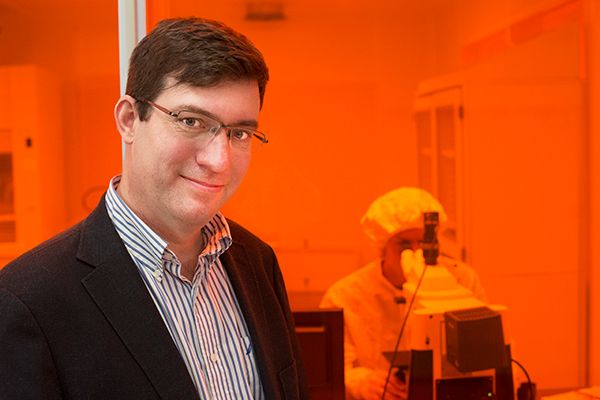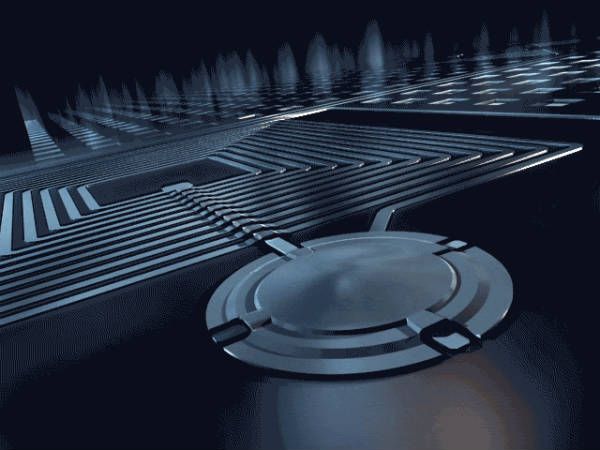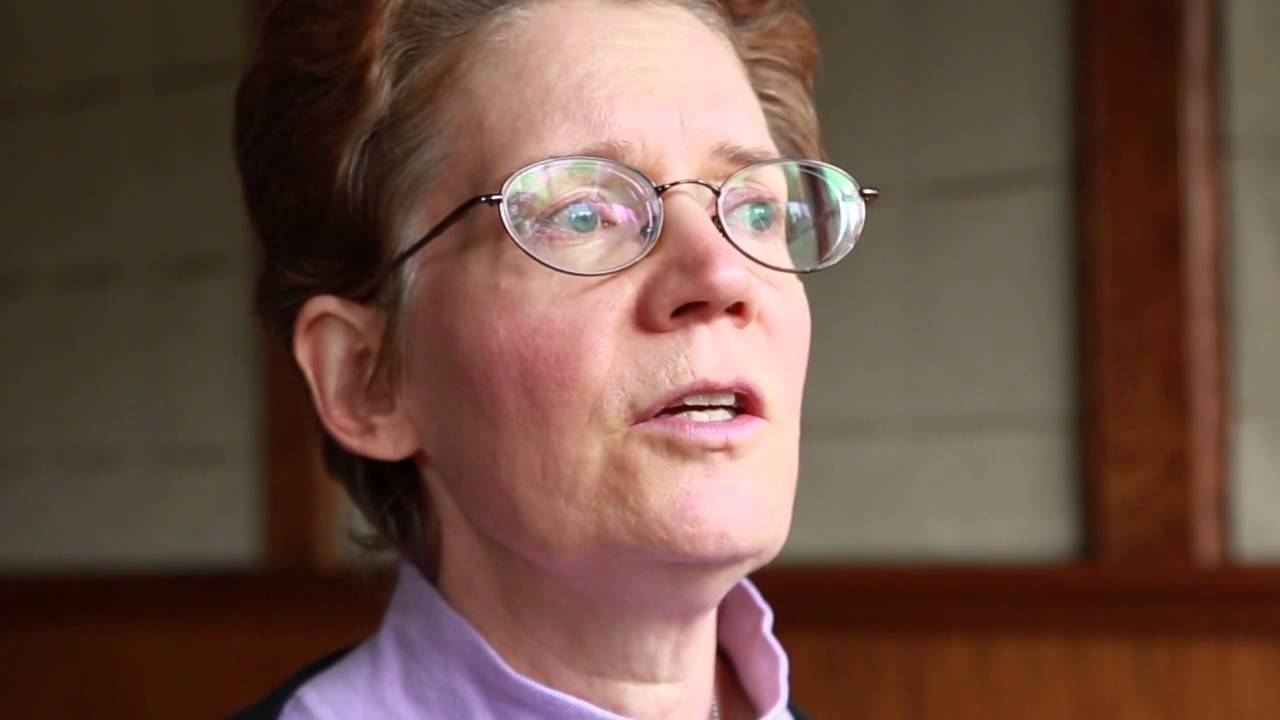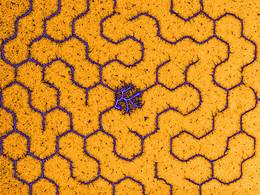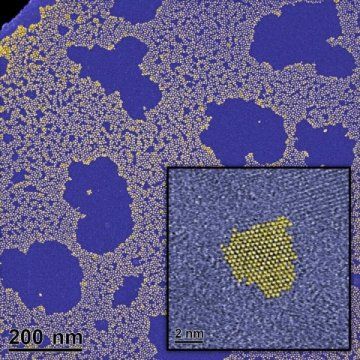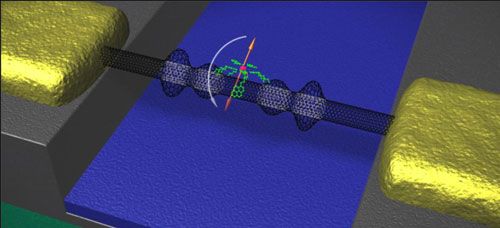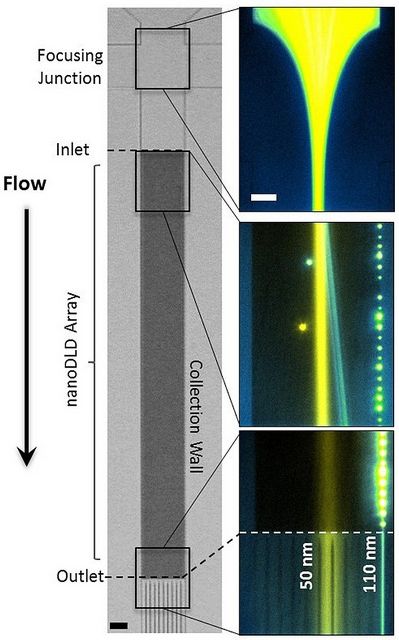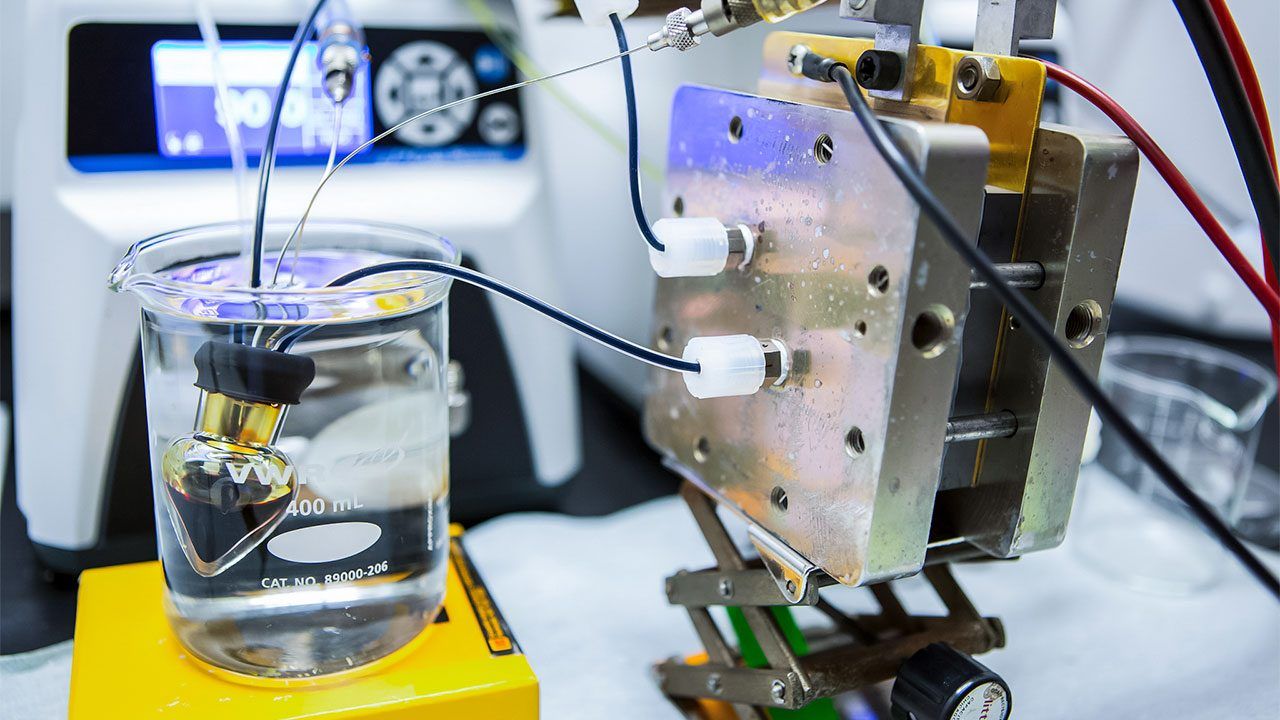
Dmitry Fedyanin from the Moscow Institute of Physics and Technology and Mario Agio from the University of Siegen and LENS have predicted that artificial defects in the crystal lattice of diamond can be turned into ultrabright and extremely efficient electrically driven quantum emitters. Their work, published in New Journal of Physics, demonstrates the potential for a number of technological breakthroughs, including the development of quantum computers and secure communication lines that operate at room temperature.
The research conducted by Dmitry Fedyanin and Mario Agio is focused on the development of electrically driven single-photon sources—devices that emit single photons when an electrical current is applied. In other words, using such devices, one can generate a photon “on demand” by simply applying a small voltage across the devices. The probability of an output of zero photons is vanishingly low and generation of two or more photons simultaneously is fundamentally impossible.
Until recently, it was thought that quantum dots (nanoscale semiconductor particles) are the most promising candidates for true single-photon sources. However, they operate only at very low temperatures, which is their main drawback – mass application would not be possible if a device has to be cooled with liquid nitrogen or even colder liquid helium, or using refrigeration units, which are even more expensive and power-hungry. At the same time, certain point defects in the crystal lattice of diamond, which occur when foreign atoms (such as silicon or nitrogen) enter the diamond accidentally or through targeted implantation, can efficiently emit single photons at room temperature. However, this has only been achieved by optical excitation of these defects using external high-power lasers. This method is ideal for research in scientific laboratories, but it is very inefficient in practical devices.
Continue reading “Diamond-based light sources will lay a foundation for quantum communications of the future” »
